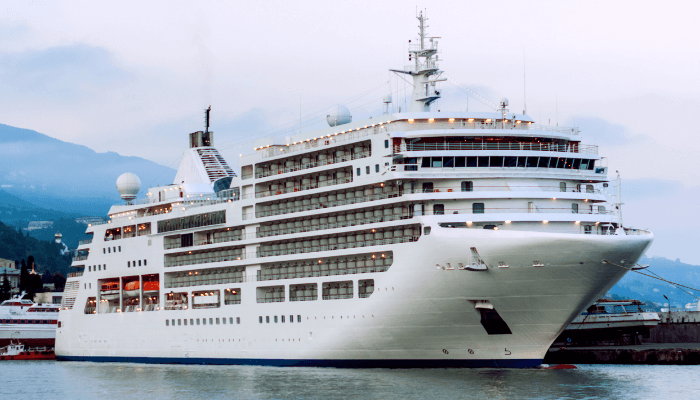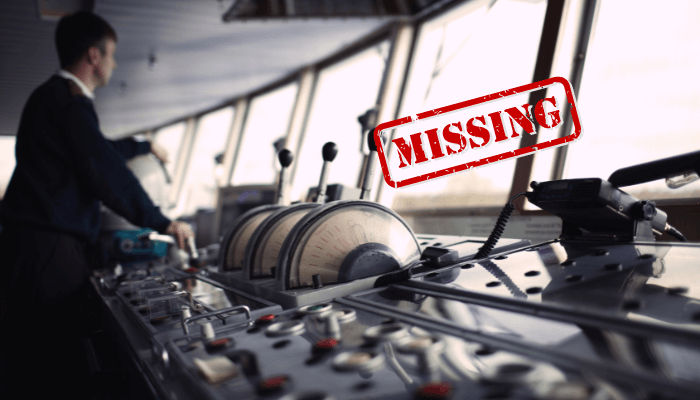The London P&I Club has released new operational guidance for carrying and securing non-standardised cargo during transportation in a bid to reduce stowage risks and the number of serious accidents that have occurred as a result of inadequate securing arrangements.
The new guidance, entitled ‘Reducing the Risk of Damage to or Loss of Non-Standardized Cargo’, was released on 13 July 2022 and produced in collaboration with TMC Marine and Bureau Veritas.
The document provides general guidance and practical advice to crew, ship owners, operators, charters and managers on the risks associated with safely stowing and securing non-standarised cargo, as well as precautions to reduce and prevent these risks. The London P&I Club stresses that it is not intended to replace official regulations and guidance notes or any document that forms part of a vessel’s Safety Management System, including the cargo securing manual.
According to the guidance, cargoes that have proven to be a potential source of danger due to inadequate stowage methods include portable tanks and receptacles, special wheel-based vehicles such as locomotives or mining equipment, wind farm components such as towers and blades, and offshore mooring equipment.
Carl Durow, Loss Prevention Manager at The London P&I Club, said: “Ships carrying non-standardised cargo face an increased risk of loss or damage during transit due to the infrequent nature of such cargo. General carriers may lack the experience in securing different loads.”
“We wanted to highlight effective methods that crews can take to ensure that cargo is secured properly, reducing the risks of liability related to damaged or lost goods, damage to the vessel itself or the safety of crew members or other ships at sea.”
Inadequate securing arrangements for non-standardised cargo can lead to injury and loss of life, not only at sea but during loading and unloading. In addition, forces arising from wind and sea motions during transit can put the cargo and the vessel at risk due to acceleration and transverse motions.
Charterers should ensure that their vessel is fit for purpose, while shop owners and operators should only tender suitable vessels for specific cargoes. The London P&I Club guidance noted that appropriate precautions should also be taken for cargo with abnormal physical dimensions to ensure that no structural damage to the ship occurs and to maintain adequate stability throughout the voyage.
The London P&I Club recommends that an independent cargo securing survey be carried out when carrying non-standarised cargo in order to ensure that effective stowage methods have been applied. The guidance also recommends that the cargo surveyor liaise with the Master, Chief Officer and stevedores during the survey, and that a full report with photographs is produced prior to transit.
Ian Barr, Director at The London P&I Club, said: “We are always looking to ensure that our members have the guidance and expertise to be able to securely stow any cargo.”
“At The London P&I Club, we have the knowledge and experience to be able to provide best practices for all cargo stowage incidents, including securing non-standarised cargo. This guidance is the latest example of how we work closely with our members to provide that expertise.”
Source: https://www.seanews.co.uk/shipping-news/the-london-pi-club-has-published-new-guidelines-to-decrease-cargo-loss-and-responsibility-claims/








